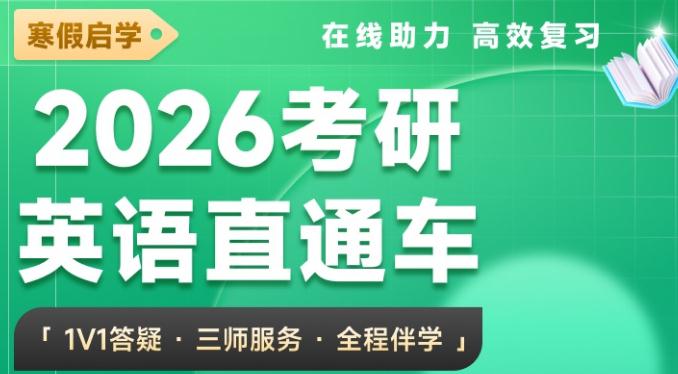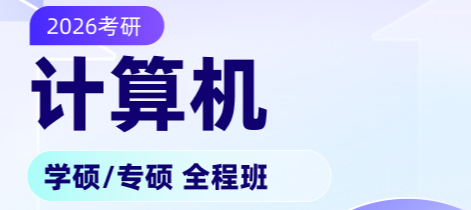1998-2022 ChinaKaoyan.com Network Studio. All Rights Reserved. 沪ICP备12018245号
2016考研英语:翻译每日一句 南水北调
考研英语翻译部分在试题中分值占10%,建议同学们还是要重视起来,为自己争取更多的分数。下面为大家搜集了有关社会生活、科普知识、文化教育等方面的相关句子,以此拓展大家的视野。一起来学习吧!
本期主题【南水北调】
In China water resources are unevenly distributed.Ingeneral, water resources are abundant in the southbut deficient in the north.With the increase ofpopulation and rapid economic development, theproblem of water shortage in the north is gettingmore and more serious.One solution is to divert water from one drainage area to another,also known as the South-to-North Water Diversion Project.There are three routes.The easternroute will transfer water from the lower reaches of the Yangtze River to north along theBeijing-Hangzhou Grand Canal and through a tunnel under the Yellow River, from where it canflow downhill to reservoirs near Tianjin.The central route is from Danjiangkou Reservoir on theHan river, a branch of the Yangtze River, to Beijing.The western route, also called the BigWestern Line, aims at diverting water from the headwaters of the Yangtze River into theheadwaters of the Yellow River.
参考翻译
中国水资源地区分布不均匀。总体来讲,南方水资源丰富,北方则水资源匮乏。随着人口的增长和经济的快速发展,北方缺水的问题日益严重,解决办法之一就是跨流域(drainage area)调水,也就是南水北调工程(South-to-North Water Diversion Project)。南水北调工程包括东、中、西三条线路。东线从长江下游引水,沿京杭大运河(Beijing-Hangzhou Grand Canal)北送,穿过黄河下的管道,向下流入天津附近的水库(reservoir)。中线从长江的支流汉江的丹江口水库引水到北京。西线也被称作“大西线”,目的在于从长江上游引水到黄河上游。
1.分布不均:可译为be unevenly distributed。
2.水资源丰富:可译为water resources are abundant。
3.匮乏:可译为deficient,意为“不足的,缺乏的”。
4.跨流域调水:可译为divert water from one drainagearea to another。
5.下游:可译为lower reaches。
6.大西线:可照字面直译the Big Western Line。
来源未注明“中国考研网\考研信息网”的资讯、文章等均为转载,本网站转载出于传递更多信息之目的,并不意味着赞同其观点或证实其内容的真实性,如涉及版权问题,请联系本站管理员予以更改或删除。如其他媒体、网站或个人从本网站下载使用,必须保留本网站注明的"稿件来源",并自负版权等法律责任。
来源注明“中国考研网”的文章,若需转载请联系管理员获得相应许可。
联系方式:chinakaoyankefu@163.com
- 2026考研英语全程班 6班
- 权威高配师资亲授技巧,教研千锤百炼科学提分。直录播课相结合精讲互动二合一,专业团队精细化作文批改。讲练结合,随学随练稳步提升。支持试听~
- 主讲团队:王江涛、谭剑波、董仲蠡、许聪杰、陈志超、潘赟、郑艳彤、易熙人

扫码关注
了解考研最新消息












